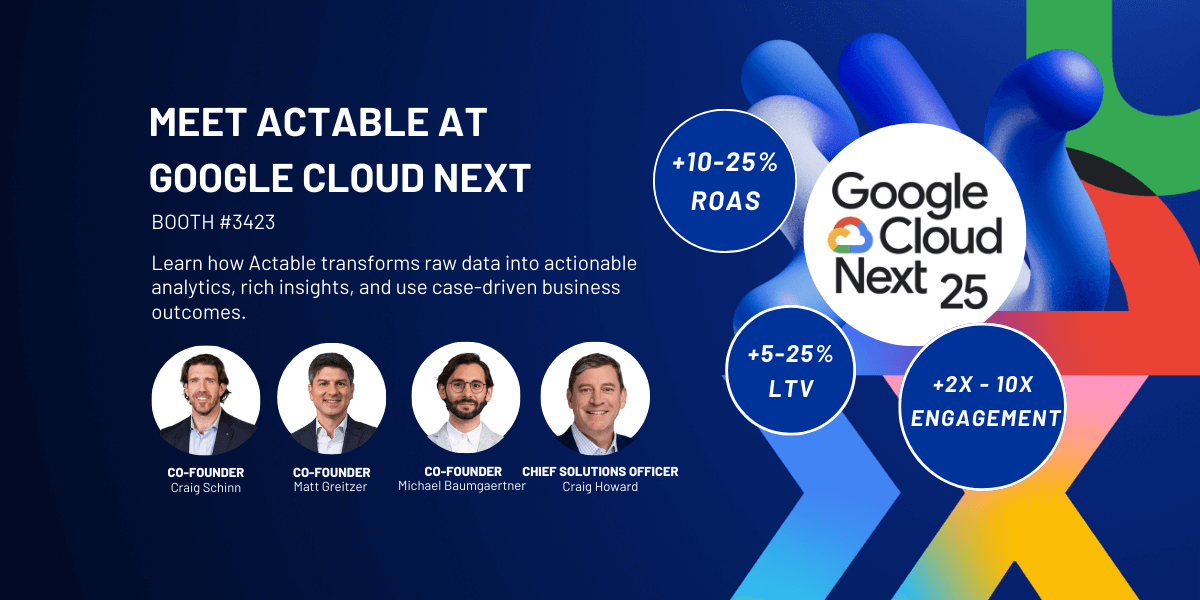When it comes to any type of system migration, it can be very daunting to understand the best way to approach the effort. Where do you start? What are the most important activities? What is the best approach to sequencing these activities? How do you manage all of the system and organizational dependencies? Many critical components need to fall into place to ensure a successful migration without disrupting business as usual.
These challenges are all applicable when it comes to an Email Service Provider (ESP) migration. However, ESP migrations have several unique driving factors. One thing that I have noticed when venturing the web is that there is not a concise resource that helps to address and understand the unique aspects required to address specific to an ESP migration. These migrations are complex, but there are 5 key principles that should be followed to help structure a successful ESP migration.
- Platform Evaluation
The first step in an ESP migration that essentially helps drive the project is an effort to evaluate potential new platforms. The organization should clearly identify why its current ESP no longer supports its email marketing initiatives. Identifying these gaps will help define the primary goals of switching platforms. For example, companies make the switch because they have outgrown their current ESP and need enhanced features. Perhaps they’re not making use of some of their current ESP’s features and are looking for a simpler, more cost-effective solution. Establishing the reasons for a switch helps create the structure to evaluate a new ESP. There are many options, and the landscape can get overwhelming to tackle without this understanding.
Not taking the time to do this evaluation and clearly define your needs could leave you in the same position you are now. To end up with gaps in your new platform or overpaying for functionality that doesn’t suit your marketing initiatives ends up being more costly and wastes resources from the time it has consumed to wrangle in solution alternatives.
- Appraising Data
Data migration is a key component that should be carefully evaluated. An important initial step in deployment of your new ESP is to create a positive reputation for your IP. You want to make sure that the imported data is clean by removing invalid emails and removing unengaged users. Ensuring data quality will advocate positive metrics (clicks, delivery rate) and keep negative metrics (bounce rate) at bay. With these user fields in the new ESP, you can create audiences (or segments) of your top, recent, lowest users for better sending and reporting.
Data audits and analysis also present an opportunity to identify any gaps in user attributes and/or events, lowering the possibility of missing data in the new platform. It is much harder to backfill and update data already existing in an ESP than importing it exactly as you want to start.
- Managing Consent
One important component that often gets set aside and should be done at the start of an ESP migration, is to revisit how consent is managed. Instead of following the same approach from the old ESP, it is a good time to optimize and manage consumer consent. For example, adding a preference center provides a more personalized messaging experience to your users. We’ve had clients set up a preference center by frequency (pause for 90 days, send only 1x a week/month, etc.) and by interest (Product Launch, Sales/Promos, News and Stories, etc.). This strategy will help decrease your unsubscribe rate and help you learn more about your customer’s interests.
Understand if there are any possible gaps in your old , and how that should manifest in your new email provider. Do you need to check the guidelines set by GDPR and CCPA? Are you transferring important data fields from the old ESP (opt-in date, last interactions)? When was the last time your privacy policy was updated? By staying in line and following consent regulations, you’ll avoid negative repercussions (blocked IPs, low deliverability, high complaint rates) and improve your customer’s experience with your brand.
- Establish a Feasible Timeline
Many companies approach an ESP migration by thinking it is just a quick switch on and off. Unfortunately, that is not the case as there’s various components apart from the actual migration that need to be addressed.uch as Welcome Series journeys not deploying and delivering upsell campaigns to old users or that are no longer engaged.
Your timeline should include tasks for discovery, onboarding, and optimizations, as there is a new technology being added to. In addition to learning a new platform, time is needed to reflect on the marketing goals for your current campaigns. Spend time to understand if they are still relevant to marketing initiatives so you are not focusing resources on campaigns that are not driving business outcomes. Plan time to optimize the campaigns that you are recreating in your new ESP, making sure that configuration can be replicated in the new system and potentially restructure the campaign for a smoother user experience (for your marketers and customers. Essentially, use this time to declutter your evergreen campaigns to be more effective.
- Breakdown Migration into Phases
Be sure to plan your migration effort into distinct phases. An ESP migration requires multiple departments to execute – marketers, creative, and development. It’s important to have a plan everyone can reference and collaborate on. Here’s what we’ve seen:
- System Evaluation
- Discovery
- Audit – Email Data, Campaigns, Attributes, Events
- New System Configuration
- Campaign Migration
- IP Warming
- Deploy All Campaigns
Establishing phases aids in providing an overview of the migration to distinguish the teams that are vital to execute this effort. As each phase will require a diverse set of expertise such as engineers for data pipelining, marketers for campaign optimizations and campaign migration, analyst for data preparation, etc. Therefore, phases help create that alignment between the different department and owners. Which serve to structure the documentation that guides best practices and acts as historical reference for any future optimizations.
Conclusion
It can be overwhelming to identify where to start and where to focus, as there are various components at play during an ESP migration. From experience, following these 5 key principles should serve as a starting point to make this daunting task more . Similar to a puzzle, once you can identify and establish your main goal for migrating, the rest of the pieces will begin falling into place.









